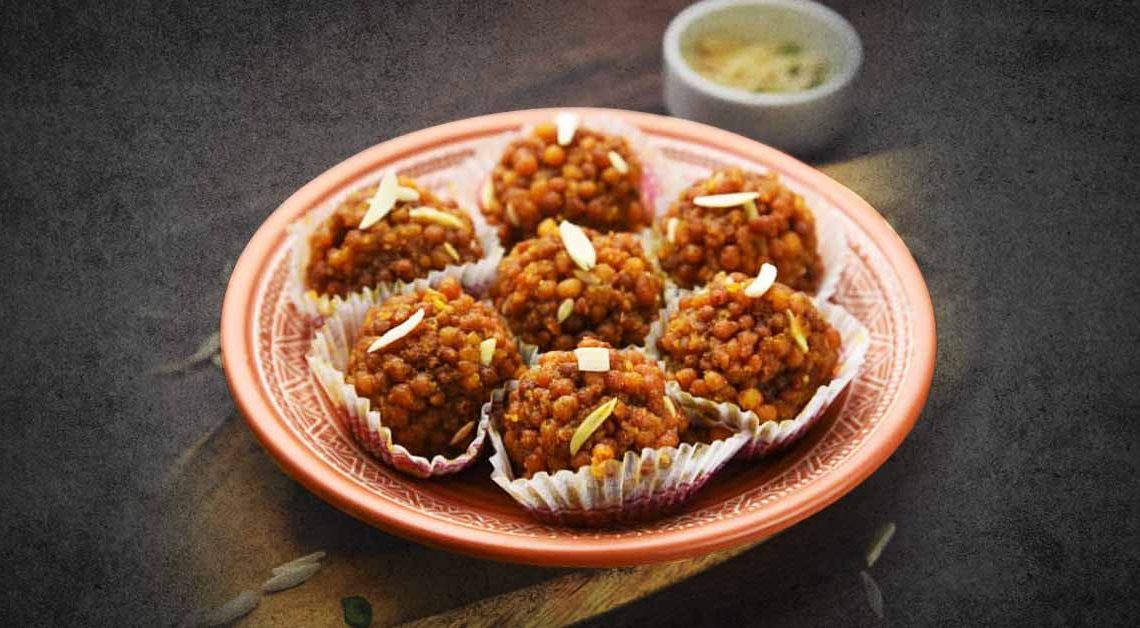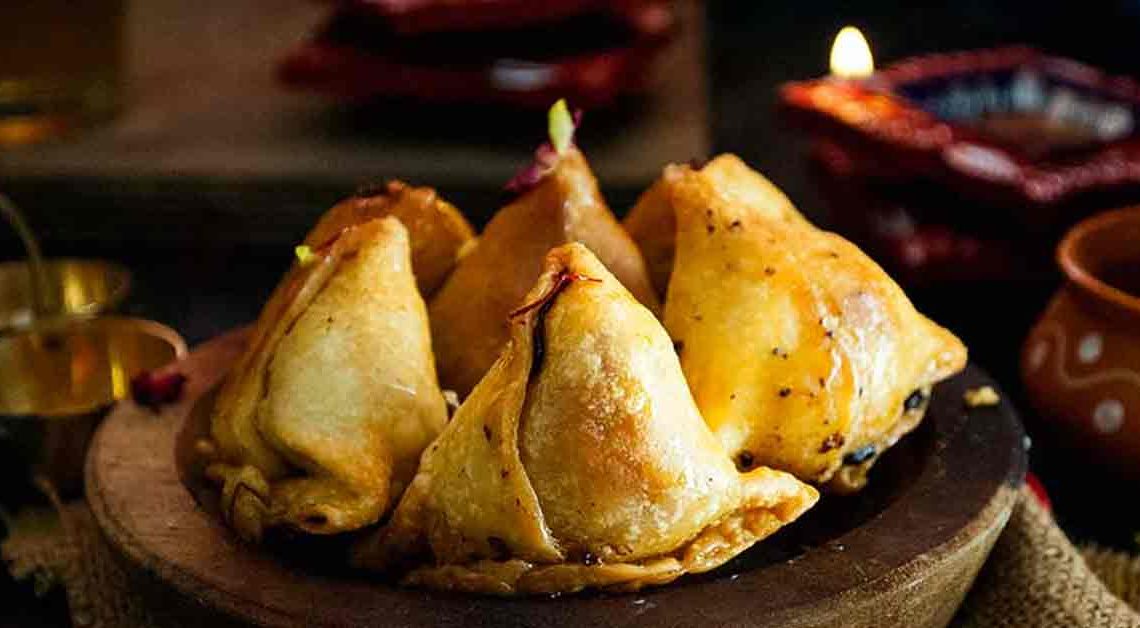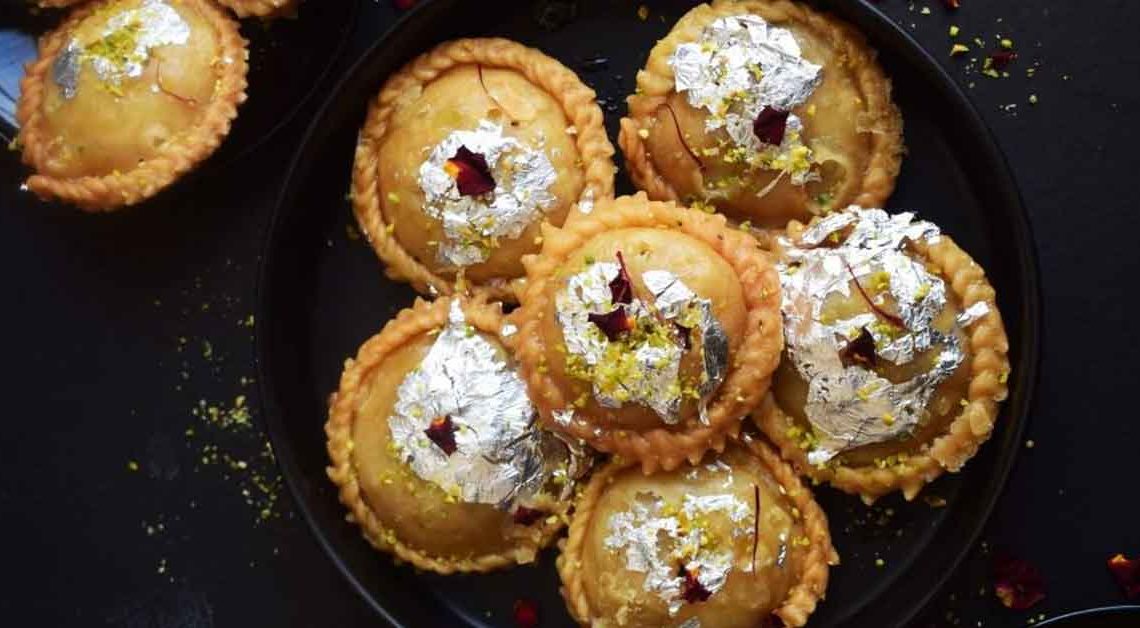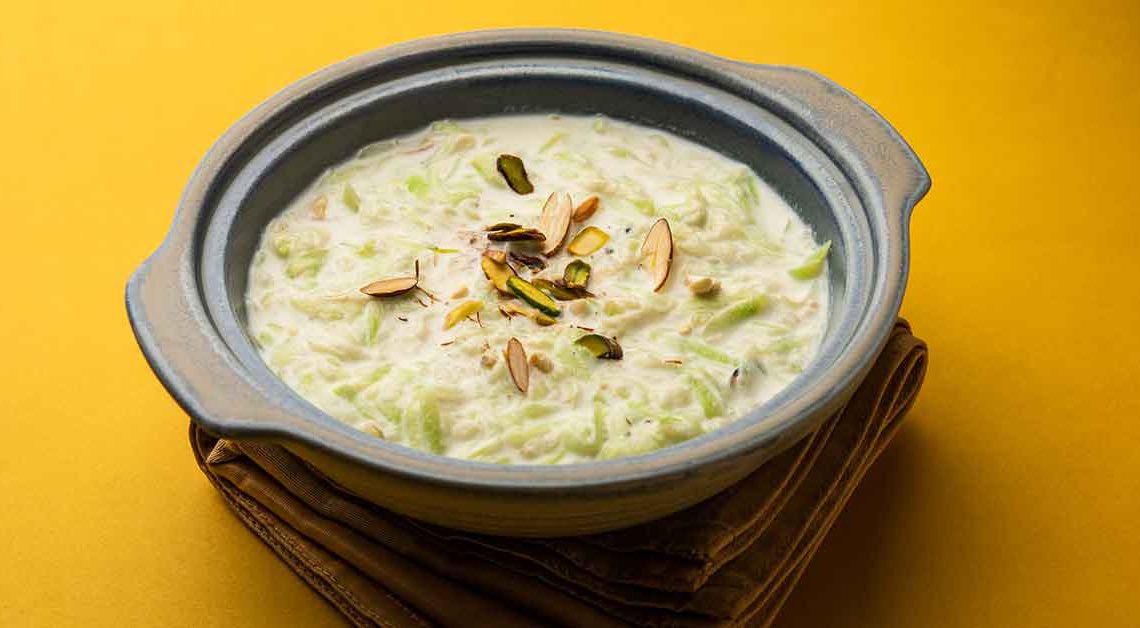Doodh Ke Laddu: The Traditional taste of Delicacy

Welcome to “MithaiNama”, where I share my love for food and cooking with all of you. Today, I want to kick-start the blog by introducing you to one of my all-time favorite desserts – Doodh ke Laddu.
Doodh ke Laddu, also known as Milk Laddu, is a popular Indian sweet made with milk, sugar, and ghee. It has a rich, creamy texture and a deliciously sweet taste that melts in your mouth. It’s a perfect dessert for any occasion, be it a festive celebration or just a craving for something sweet.
The process of making Doodh ke Laddu is simple but requires patience and attention to detail. The milk is first boiled and then simmered until it thickens and reduces to a creamy consistency. The sugar and ghee are added to this mixture and cooked until it thickens further. Finally, the mixture is shaped into small balls, which are then left to cool and set.
The beauty of Doodh ke Laddu is that it can be customized to suit your taste preferences. You can add different flavors, such as saffron or cardamom, to give it a unique twist. You can also add nuts like almonds or pistachios for some crunch.
So, if you have a sweet tooth and love to experiment with flavors, then Doodh ke Laddu is definitely a dessert you should try. Stay tuned for my upcoming posts, where I will be sharing about the history and more exciting facts and trivia related to sweet.
Origin of Doodh Ke Laddu
The origin of doodh ke laddu is difficult to trace as it has been a part of Indian cuisine for so long. However, it is believed to have originated in the northern regions of India, particularly in the states of Uttar Pradesh and Rajasthan.
History of Doodh Ke Laddu
Milk-based sweets have been a part of Indian cuisine for centuries, and laddus are a staple dessert served at festivals and special occasions. Sweet foods hold a significant place in Indian cuisine and culture. In Hindu mythology, sweets are offered to the gods and are considered an important part of religious ceremonies and festivals. Additionally, sweets are often exchanged as gifts and used to celebrate happy occasions such as weddings and births. The use of sweeteners such as sugar, jaggery, and honey in cooking is also deeply ingrained in Indian culinary traditions.
Cultural Significance of Doodh Ke Laddu
Doodh ke laddu is an important part of Indian culture and are often served at religious festivals and celebrations. They are especially popular during the Hindu festival of Diwali, which is also known as the “festival of lights.” During this festival, people light lamps and candles to symbolize the victory of good over evil, and they also prepare and share sweets and desserts with friends and family.
Doodh ke laddu are also often served at weddings and other special occasions, and they are a symbol of hospitality and generosity in Indian culture. When guests come to visit, it is customary to offer them sweets and snacks, and doodh ke laddu is a popular choice.
Where it is Famous?
Doodh ke Laddu is a popular sweet across India, and each region has its own unique variation of this dessert. However, some places are famous for their Doodh ke Laddu, and tourists flock to these places to sample this sweet delicacy.
One such place is Jaipur, a city in Rajasthan that is famous for its delicious Doodh ke Laddu. The sweet shops in Jaipur are renowned for their unique and flavorful laddus, and tourists from all over the world visit this city to try them.
Another famous place to try Doodh ke Laddu is Vrindavan, a small town near Mathura that is also known for its milk-based sweets. The sweet shops in Vrindavan serve some of the best Doodh ke Laddu, and tourists often visit this town as part of their pilgrimage to the nearby temples.
Interesting Facts and Trivia
- It is a popular Indian sweet made from milk and sugar.
- The dessert is also known as milk laddu, dudh ke laddu, and doodh ke ladoo.
- The dish is especially popular in the northern part of India.
- The laddus are usually made during festivals and special occasions.
- The dish is believed to have originated in the state of Uttar Pradesh in India.
- The ingredients for making this sweet are milk, sugar, ghee, and cardamom powder.
- The milk is boiled and condensed to form a solid mass, which is then mixed with sugar and cardamom powder to form the laddus.
- The laddus are usually shaped into small balls, about the size of a golf ball.
- They are often garnished with chopped nuts, such as almonds, cashews, or pistachios.
- This Sweet is considered to be a rich source of calcium and protein.
- The desert is also known to be a good source of energy.
- The sweet can be stored for several weeks, making them a popular sweet to prepare in advance.
- In some regions of India, it is traditional to offer doodh ke laddus to new mothers as a source of nutrition and energy.
- The dish is also considered to be a symbol of prosperity and good luck.
- This sweet is often prepared during religious ceremonies and offered to deities as prasad (religious offering).
- In some parts of India, the dessert is also called “pindi” or “pinni”.
- The preparation of this sweet is a laborious process that requires patience and skill.
- The dish is considered to be a comfort food and is often eaten during times of stress or sadness.
- In some regions, the laddus are made with jaggery instead of sugar, giving them a distinct flavor.
- The dish is often served with hot tea or coffee.
- It can also be crumbled and used as a topping for other desserts, such as ice cream or fruit salad.
- The dessert has gained popularity beyond India, with many Indian restaurants serving it as a dessert option.
- Some variations of the dish include adding saffron or rosewater for a unique flavor.
- In some parts of India, it is made with khoya, a type of dried milk.
- The dessert is often given as a gift during weddings and other celebratory events.
- Some people prefer to add shredded coconut or semolina to the laddus for added texture.
- The dish is considered to be a traditional and nostalgic sweet, evoking memories of childhood and family gatherings.







